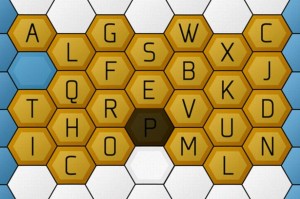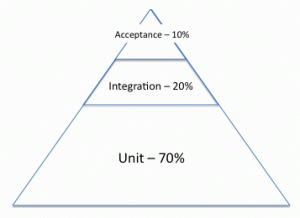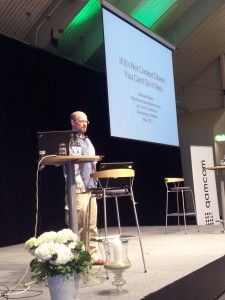This post is WIP & under iterative development!
At my current client, we’re being coached in the Hexagonal Architecture pattern.
Admittedly, the primary focus is towards the Programmers, but the change in the development strategy has an impact on us Testers so we get a seat a table.
What is this change in the development strategy which will impact us Testers? The pattern considers integration tests as brittle & unneccessarily linking the business logic to the implementation. As such, with this pattern, you want as few integration tests as possible. So the question is:
As a Tester, how confident am I that the removal of (automated) integration tests have not decreased the stability of the code?
In this 3 part series, I hope to learn more about hexagonal architecture, what it does for the teams test strategy & what the impact is for Testers.

Continue reading “Hexagonal Architecture For Testers: Part 1”











